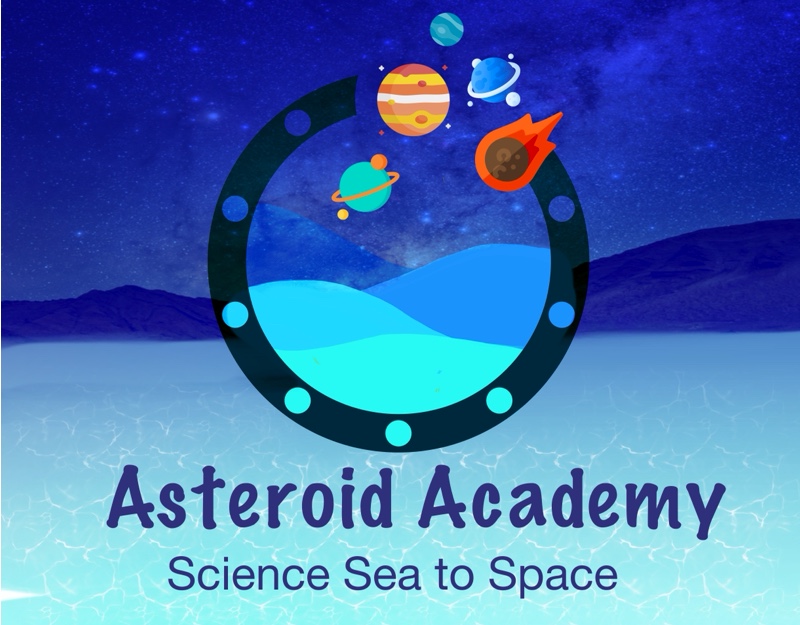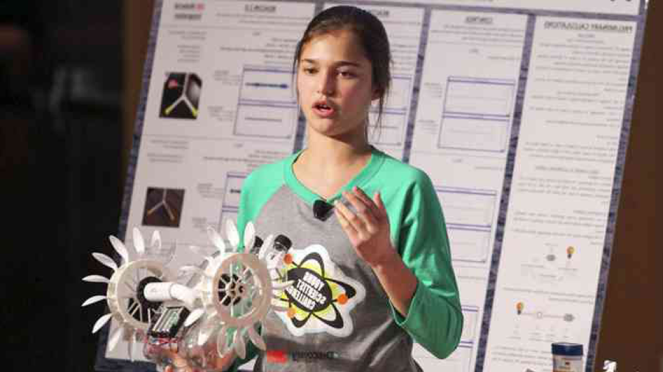
SCS.I | Sleeping Off Planet
Speaking of sleeping in unfamiliar places and circumstances, let’s talk about astronauts. There is only so much training that you can do to prepare yourself for living in space. Strange new sounds, strange new sensations such as floating weightlessly, congestion caused by your body’s reaction to microgravity, and even flashes of light coming straight through your eyelids, an effect called Cosmic Ray Phenomena.
Cosmic Ray Phenomena are experienced usually by astronauts outside of the earth’s magnetosphere – the magnetic field that surrounds our planet and keeps us safe from cosmic rays and radiation. It was described by the Apollo astronauts one their journeys around and to the moon. Basically, even though they had their eyes closed, the high-energy cosmic radiation particles would go through their eyelids, into the eyeballs and be picked up by their retinas where it was interpreted by the brain as light.
After a long day at work, nothing is better than a good night’s sleep! Just like on Earth, in space a worker goes to bed at a certain time, then wakes up and prepares for work again. There are a few differences though. Space has no “up” or “down,” but it does have microgravity. As a result, astronauts are weightless and can sleep in any orientation. However, they have to attach themselves so they don’t float around and bump into something. Space station crews usually sleep in sleeping bags located in small crew cabins, which is actually more of a closet than a cabin.
Sleeping and crew accommodations also need to be well ventilated; otherwise, astronauts can wake up oxygen-deprived and gasping for air, because a bubble of their own exhaled carbon dioxide had formed around their heads, which is, as they say, a very bad thing. Brain cells are extremely sensitive to a lack of oxygen and brain cells can start dying less than 5 minutes after their oxygen supply disappears; the result is that brain hypoxia can rapidly cause severe brain damage or even death, so they try to keep the air moving in microgravity environments.
Astronauts are usually scheduled for eight hours of sleep at the end of each mission day. Like on Earth, though, they may wake up in the middle of their sleep period to use the toilet, or stay up late and look out the window. Different things such as excitement or motion sickness can disrupt an astronaut’s sleep pattern. Astronauts have reported having nightmares, dreams, and snoring while sleeping in space.
Sleeping Underwater

The Hab is another extreme environment that comes with its own set of sleep challenges. Just like on the ISS, the Hab has very small sleeping quarters – although in ours we don’t have to tie ourselves down to keep from floating away. In fact, if we found ourselves floating out of our bunks, that would indicate a whole other problem…
But it does come with its own challenges that are very similar. There are plenty of unusual noises, lights, and other factors that our aquanauts have to adjust to. There are constant sounds of pumps and ventilation systems that run twenty-four hours a day to maintain the air and water levels in the Hab, electronic equipment, and being in very close proximity to other people who tend to also not be sleeping and get up to use the toilet, get a cup of tea, work on a computer, or even just start snoring next to you.
This would all be enough of a problem if all we were doing in the Hab was trying to conduct sleep studies, but like the astronauts on the ISS, we have jobs to do that are physically and mentally challenging, made even more so if you’re sleep deprived. If your brain doesn’t get the chance to do some maintenance while you’re sleeping, your body is going to be very tired during the work day, which can be very dangerous when you’re working underwater – or well above it in space.
Just like an astronaut who needs to be on their game when working on the Hubble space telescope, we aquanauts need to be well rested before tackling the research and experimentation we’re conducting underwater. If you’re groggy from a lack of sleep you can make a simple mistake–you put the wrong coral polyps on the wrong card–or you can make a huge mistake, like not paying attention to your air levels or what that big bull shark you saw earlier is up to now.
Curriculum Reference Links
- Biological World / Systems and Interactions / 6: Students should be able to evaluate how human health is affected by: inherited factors and environmental factors including nutrition; lifestyle choices; examine the role of micro-organisms in human health
- Earth and Space / Sustainability / 8: Students should be able to examine some of the current hazards and benefits of space exploration and discuss the future role and implications of space exploration in society




